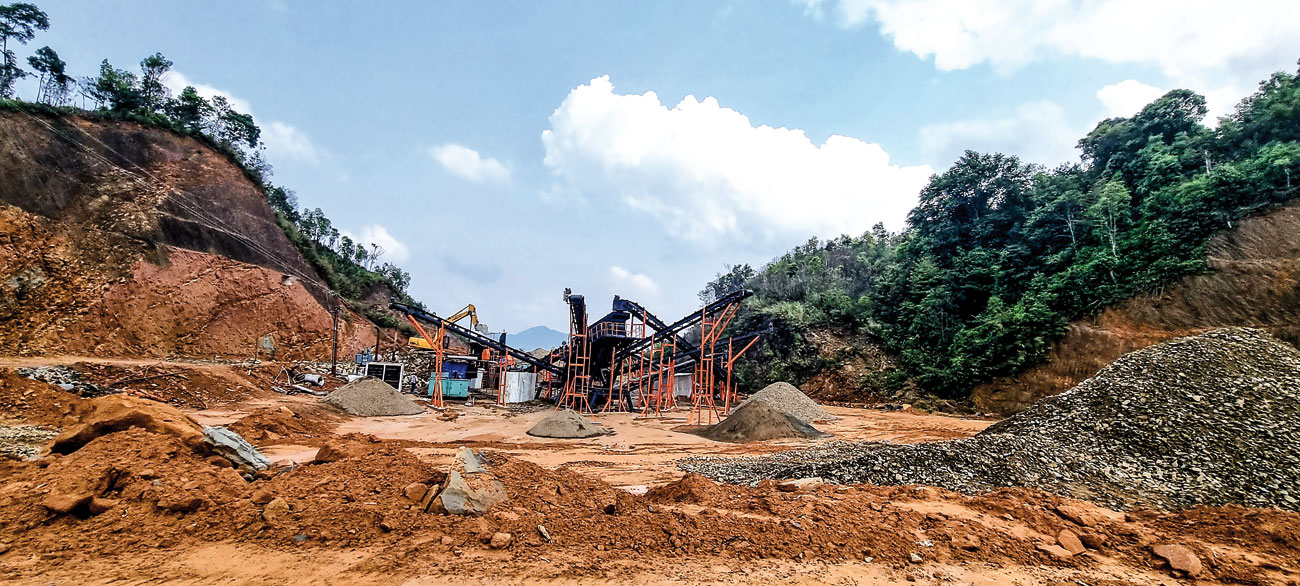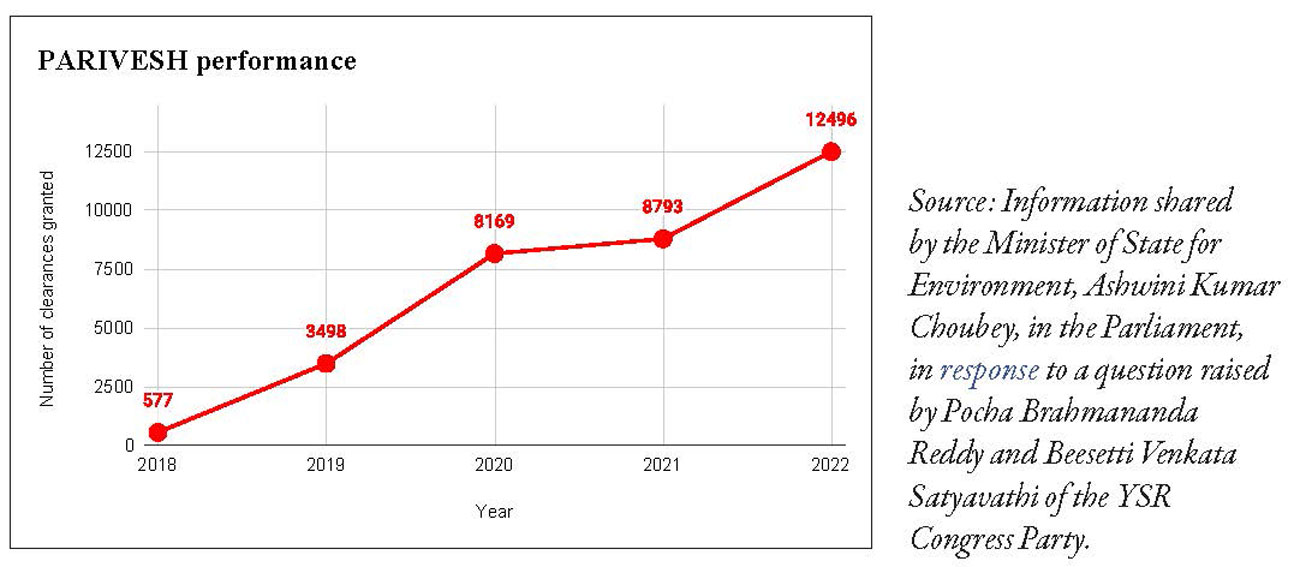Knowledge Is Power
First published on
June 01, 2023
A Demand for Complete Information on PARIVESH
By Shatakshi Gawade
In 1597, Francis Bacon coined the phrase ‘Scientia potentia est’ – Knowledge is Power. Bacon envisioned reforms that would endow experimental scientists with the authority to become the ruling state power. He imagined that technocrats would act on the principle of procuring the greatest good for the greatest number of people. Never would he have thought that for the survival of the modern state, writes José María Rodríguez García, “it has to develop a series of mechanisms of control that prevent individual subjects from exercising their freedom of choice, or even their intellectual freedom”.
In India, the ‘right to know’ is implicit in the fundamental right to the freedom of expression under Article 19-1 A of the Indian Constitution. For the people’s movement in Rajasthan to get fair wages, the right to know the status of work distribution was a logical first step towards the right to life and liberty (Article 21 of the Indian Constitution). The movement ultimately led to the Right To Information (RTI) Act 2005, which enabled access to information, and thus a redistribution of power, within the democratic systems of India.
In line with this, the Central Information Commission, created under the RTI Act, has directed that all documents that are required for environmental clearance should be public and displayed on the Ministry of Environment, Forest and Climate Change (MoEFCC) website.

Photo: Kedar Gore.
Despite this, the MoEFCC’s PARIVESH portal, which houses environmental clearances for projects, has been curtailed. Hindustan Times reported that the portal has stopped showing details of environmental impacts of projects since September 2022, including environment, forest, wildlife and coastal regulation zone clearances. Hindustan Times found that some documents would need an RTI application to be filed, and would not be shared publicly in order “to protect the interests of project developers”. A few days later, the ministry issued a clarification saying “the website will be aligned with the Right to Information (RTI) Act”, but did not say whether documents such as Environment Impact Assessment, Terms of Reference, minutes of public hearings, fact sheets, etc. will be available.
Debadityo Sinha, Conservationist and Lead, Climate & Ecosystems at Vidhi Centre for Legal Policy, said, “Individuals impacted by a developmental project have the right to be informed about its current status and specific details. Depriving people of access to these documents prevents them from studying the project’s impacts, thereby hindering their ability to intervene effectively in relevant forums. RTI responses can take upto a month or more, jeopardising the time available to raise objections. Government must simplify the process and make EIAs and other relevant documents available. This shift in procedure seems to be using delay as a denial strategy, which runs counter to natural justice and democratic values.”
The number of clearances granted by PARIVESH since its inception has grown exponentially – from 577 in 2018 to 12,496 in 2022. In the absence of complete documents, the situation would only be more grim.
PARIVESH, which stands for Pro Active and Responsive Facilitation by Interactive and Virtuous Environmental Single-window Hub, was launched by the MoEFCC on August 10, 2018 at the Central level and on August 16, 2019 at the State level to handle four major clearances: Environmental (EC), Forest (FC), Wildlife (WL) and Coastal Regulation Zone (CRZ). It was developed as a one-stop solution to submit and monitor project proposals looking for these clearances, with the aim of ‘minimum government, maximum governance’ through a digital platform, which would increase transparency and efficiency. It was meant to promote the ‘ease of doing business’ while ensuring environment safeguards were in place.
When it was launched, despite its hard-to-use interface, it turned out to be a gift for conservationists, researchers, activists and communities as the incredible wealth of information on the portal showed which habitats and species were likely under threat, how projects were going to impact the ecosystem and people, and whether all environment protection and impact mitigation measures were being adhered to. In a detailed analysis of the portal for Sanctuary Asia, Technology for Wildlife Foundation found that “The quantity and variety of information on the portal make it a treasure trove for anyone and everyone interested in the green clearance space of India”.

The complexities of the clearance processes and organisational hierarchies already make access to information difficult. While the portal did not describe the various stages of approval under different clearances, it did allow access to an enormous amount of information about all old and new projects seeking green clearancess.
• Sanctuary readers could write to the Ministry of Environment, Forest and Climate Change (mefcc@gov.in) asking that information regarding the impacts of environmental projects continue to be posted on the PARIVESH portal. Such information is crucial for the environmental integrity of the country.
• The PARIVESH portal has not been updated since September 2022 and accessing information only by applying for it under the RTI Act makes it time-consuming and laborious.
• The withdrawal of specifics on environment, forest, wildlife and coastal regulation zone clearances is a setback to the goal of transparency and efficiency in green clearance projects in India.
• India’s growing population of aware citizens need information to empower and arm them with vital information that determines the future of the environment, forests, and wildlife of the country.



